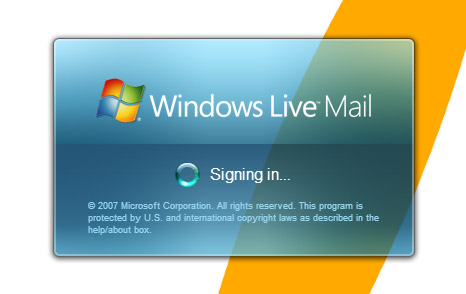MailTracking.com - What is it and how does it work? What is MailTracking? MailTracking is the most powerful and reliable email tracking service that exists today. In short - MailTracking tells you when email you sent gets read / re-opened / forwarded and so much more
email tracking - The Ethical Hacking How do I send a tracked email? There are two ways you can send tracked emails:
1. Simply add: .mailtracking.com to the end of your recipients email address (they won't see this)
or
2. Install our ActiveTracker plugin to add the tracking for you.
Testing? If you send tracked emails to yourself, your anti-spam filters may block them (people don't usually write to themselves) - so we recommend you test by sending to other people. email tracking - The Ethical Hacking What will you tell me about the tracked emails I send? MailTracking will endeavour to provide the following in your tracking reports:
* Date and time opened
* Location of recipient (per their ISP city /town)
* Map of location (available on paid subscriptions)
* Recipients IP address
* Apparent email address of opening (if available)
* Referrer details (ie; if accessed via web mail etc)
* URL clicks
* How long the email was read for
* How many times your email was opened
* If your email was forwarded, or opened on a different computer
All messages sent via MailTracking benefit from our SPF compliant and Sender-ID compliant mail servers. This confirms safe transmission of your messages, and also enables us to report delivery status to you (including: bounce-backs, delays and success notifications). Delivery information is listed in your Personal Tracking Page. Note: MailTracking.com does not use or contain any spy-ware, mal-ware, nor virues, it is not illegal to use, and does not breach any privacy regulations in any countries. What else does MailTracking do? email tracking - The Ethical HackingThere are lots of great features available to you - these include the following sending options:
* Certified email
* Ensured-Receipts and retractable emails
* Invisible tracking
* Self-Destructing emails
* Block printing
* Block forwarding
* Adobe Acrobat PDF Document Tracking
* Secure Encypted emails
* Track MS Word or Excel documents
For more details regarding sending options, please see our: FAQ's
email tracking - The Ethical HackingYou can also choose how to receive your receipts:
* In your Personal Tracking Page (when you log in)
* Email ReadNotifications
* Legal Proof-of-Opening receipts
* Delivery Service Notifications (DSN's)
* SMS alert on your cell-phone or pager
* Instant Messenger

These options are available to you from "My Account" in Member Utilities. Getting started MailTracking offers a lot of features and sending options, but it is very easy to use our service. On start up, your account is already configured per our 'Recommended' tracking defaults - and we will automatically send you email ReadNotifications when your tracked emails are opened. If you'd like to take us for a 'test drive', please sign up for no-obligation free trial from the MailTracking.com Homepage
'










